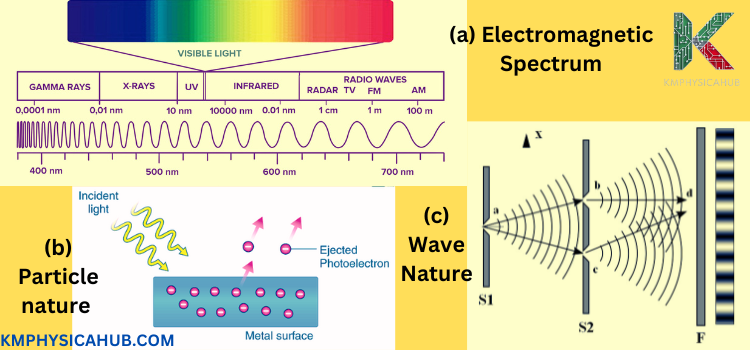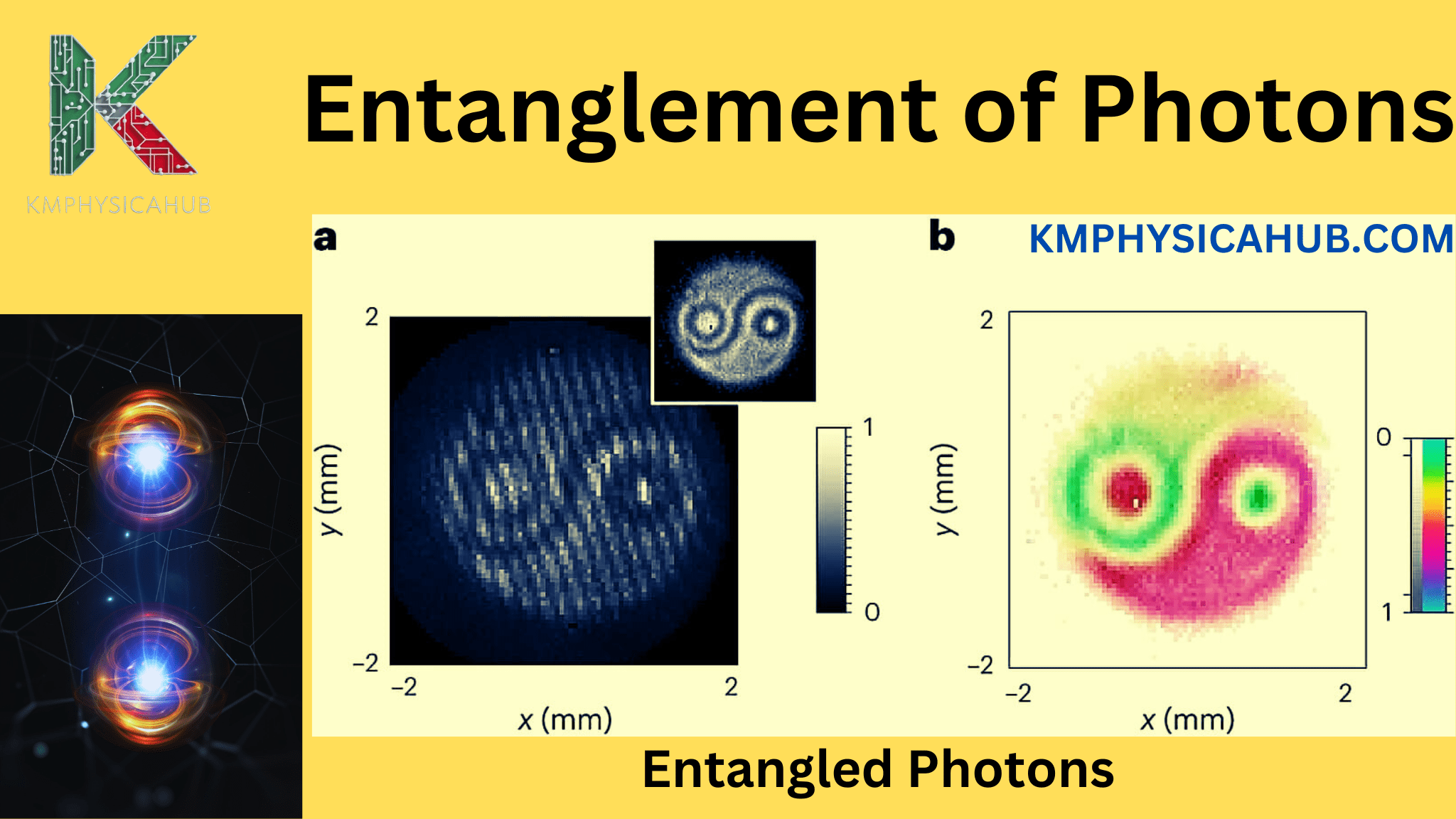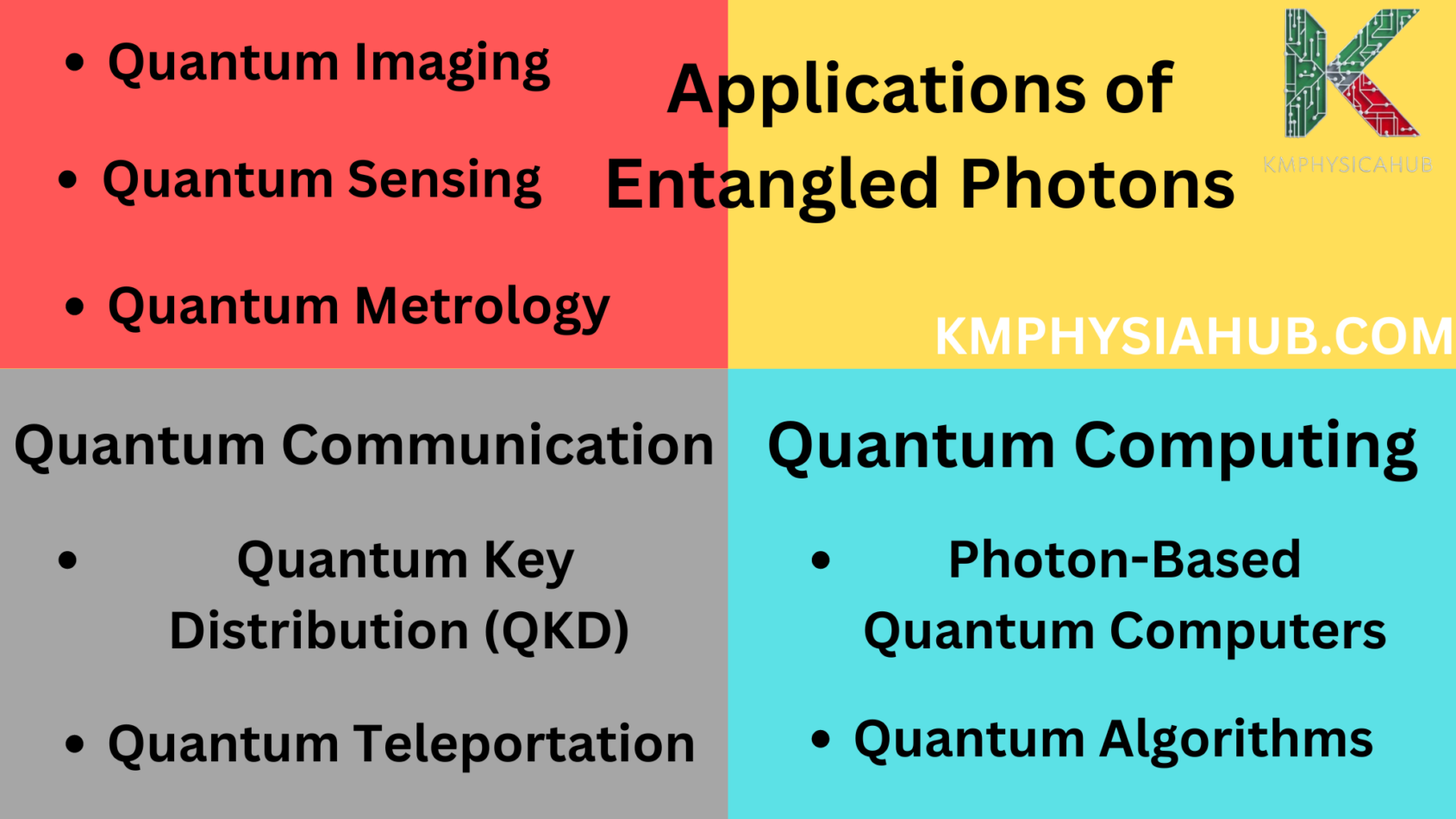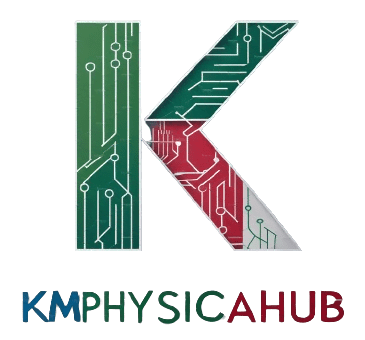Applications of Entangled Photons: Exploring the Potential in Real-World Scenarios
What is Quantum Entanglement?
Quantum entanglement is arguably one of the strangest phenomena that has been found in quantum mechanics. It defines a process through which two or more particles get bonded regardless of the presence of a gap between them.
Shared Fate: These particles will remain intrinsically connected in terms of properties even when these are located at extreme ends of the universe. Measuring the state of one of the entangled particles causes the state of its entangled particle to change simultaneously.
Non-Locality: This connection goes beyond the concept which exists within classical physics where information cannot be transmitted faster than the speed of light. The idea of entanglement is a sophisticated concept that harnesses the interconnectivity of the universe.
What is Light?
It is an electromagnetic radiation that can be seen. It propagates in a wavelike fashion but at the same time has some particle-like characteristics. Light possesses several key properties:
Speed: The speed of light in vacuum is constant, it is equal to about 299, 792, 458 meters per second.
Wavelength and Frequency: The specific color of light is determined by the frequency and wavelength of that light. Shorter waves are denser and possess higher frequency than the longer waves: for example, blue color has shorter wave length than red color.
Energy: Light carries energy, which is related to its frequency. Higher frequency light carries more energy.
The Connection
The underlying connection between light and entanglement is profound. Quantum entanglement can be achieved with light – photons, to be precise. This means that whatever state the photons are put in such as polarization momentum the two will remain correlated even if the two photons are physically separated. This connection is one of the essential parts of the quantum mechanics and opens up numerous possibilities and opportunities as to how the universe might be unveiled.
Nature of Light:
-
Wave-Particle Duality:
Light has dual nature. It possesses characteristics of a wave and particle.
Wave Nature: This property confirms the wave behavior of light. Three wave phenomenon diffraction, interference and polarization can be observed with light.
Particle Nature: Light can also interact with matter as if it were made with of particles. These particles are called photons.
-
Photons:
The smallest constituents of light are referred to as photons and play an important role of transferring energy together with momentum.
Energy Quanta: Photons are also called quantized energy particles which imply that the energy of photon is likely to be a fixed positive integral multiple.
Particle-Wave Duality: Similar to the behavior of light, photons exhibit both wave and particle nature.
-
Electromagnetic Spectrum:
The electromagnetic spectrum encompasses all the electromagnetic radiation, including visible light.
Wavelength Range: The electromagnetic spectrum contains a huge range of wavelengths from extremely short gamma rays to very long radio waves.
Visible Light: Visible light is just a very small portion of the electromagnetic spectrum; the visible spectrum represents the range of radiation that can actually be seen with the naked eye.

Quantum Entanglement:
-
The Paradoxical Nature of Entanglement:
Quantum entanglement is an extremely fine and rather strange idea, which makes one consider everything that is in the world at base level.
Correlated Properties: When particles are split up into two different locations, they are said to remain connected or entangled. By assessing the value of one of the particles that are entangled a change in the state of the other particle would be estimated.
Violation of Locality: This instantaneous connection appear to be in contradiction with the principle of local interaction which states that nodes can only interact with neighbors.
The Dawn of Entanglement
Early Observations:
Some initial attempts made at the very beginning of the 20th century shed light on the strange link between light and entanglement.
The Photoelectric Effect (1905): The photoelectric effect by Einstein proved the particle nature of light, opening the door to the quantum theory of light and connection with entangled pairs.
Polarization Experiments (1920s): Polarized light experiments showed that a set of photons can possess entangled polarization states. It forms the foundation upon which other research works can be conducted.
The Einstein-Podolsky-Rosen Paradox
Albert Einstein, Nathan Rosen, and Boris Podolsky in the year 1935 described a thought experiment that opposed the reality of quantum mechanics. This experiment is EPR experiment. They described one example for a potential experiment of two entangled particles, and by the correlation being detected at the instant of their measuring, Einstein, Podolsky, and Rosen claimed that the phenomenon defied locality and implied that there was some sort of ‘spooky action at a distance’.
EPR Paradox:
The EPR paradox demonstrated how entanglement was a phenomenon that defied classical intuitions, which led to questions over whether quantum mechanics was missing something or whether concepts such as locality were flawed.
Bell’s Theorem
In the 1960, physics John Bell formulated a theorem that gave a means to check the plausibility of the local hidden variable theories which sought to account for entanglement without violating locality. Bell’s theorem demonstrated that if local realism is authentic then correlations that occur in entangled particles should not surpass a certain limit called Bell’s inequality. But if measurements follow the rules of quantum mechanics, then correlations should transgress Bell’s inequality.
Bell’s Inequalities:
A limit on the correlations is set by Bell’s inequalities. It is that correlations could be observed in entangled particles if local realism holds true. Experiments have consistently violated these inequalities, confirming the reality of entanglement and the breakdown of local realism.
The Role of Photons
Photon Polarization:
The orientation of electric field oscillation, photon polarization plays an important role in generating and manipulating entangled states.
Polarization States: Photons may be polarized in the horizontal, vertical, or diagonal forms which can be a managed attribute in entanglement experiments.
Entangled Polarization States: Basically, photons can be entangled in a common state, which means their polarizations are correlated even when are spatially separated.
Entangled Photons:
Spontaneous Parametric Down-Conversion (SPDC): A widely used method to describe a process in which a high-energy photon impacts an extremely nonlinear crystal in which it is divided into two lesser-energy photons possessing correlated polarization.
Other Methods: There are other techniques, where atoms are entangled to generate entangled photons. Also, quantum dots are used to emit entangled photon pairs.

Entanglement Detection:
Photon Detectors: There are efficient photon detection devices known as the single-photon avalanche diode or SPAD, which are capable of identifying each emitted photon.
Correlation Measurements: Synchronization can be observed from analyzing the test photon in respect to the reference photon and also by analyzing the light polarization of both the photons.
Light-Based Entanglement Experiments
Specific experiments done with the use of entangled photons in Bell test have raised significant amount of skepticism on the actuality of the local realism through violation of Bell’s inequalities.
Aspect’s Experiments (1980s):
Alain Aspect performed experiments using the entangled photons and Bell’s inequality was violated which indicate that entanglement is non-local.
Loophole-Free Bell Tests (2015):
A few new experiments have restricted the feasibility of some earlier Bell tests and as such there is enhanced evidence of non-locality and the absence of local realism.
Applications of Entangled Photons
Quantum Communication:
Photon pairs are also employed in quantum communication protocols, which provides higher levels of confidentiality and productivity for exchanging messages.
Quantum Key Distribution (QKD):
Photons get entangled and can be utilized in other ways to facilitate the creation of keys that are secret between the two communicating parties and hence communication cannot be intercepted.
Quantum Teleportation:
Apart from quantum communication, entangled photons can help to transfer such quantum information as the state of a particle from one point of the link to another without transferring the actual particle.
Quantum Computing:
Photons are involved in creating quantum connections that are the basis for creating quantum computing machines that make computations based on quantum mechanics principles, which are impossible for other computers.
Photon-Based Quantum Computers:
Photons are the qubits, which is a quantum form of a bit, and used in the architecture of quantum computers.
Quantum Algorithms:
Einstein’s photons allow the formulation of quantum algorithms that can solve some tasks exponentially faster than classical ones.
Other Applications of Entangled Photons:
Quantum Imaging: Being able to control the entangled photons could help create new imaging modalities that will have better resolution and sensitivity.
Quantum Sensing:
One of the potential applications of entangled photons are in the construction of highly sensitive sensors used in measurement of physical quantities with high accuracy.
Quantum Metrology:
These entangled photons are extremely useful for establishing new base units of time and length and other physical quantities.

Conclusion:
Due to its particular quantum features, light is an important form of matter that can be used to create, control, and measure entangled states which is a fundamental phenomenon in the physical world.
Photonic entanglement has brought historic change in the physics paradigm, providing positive proof of the principles of quantum mechanics and opening new frontiers on the way. Entangled photons are used for secure communication and have numerous potent applications that may transform important aspects of human life with the use of physics principles known as quantum mechanics.
FAQs
Q1. Define quantum entanglement?
A: It can be defined as a condition in which two or more particles depend on each other in a way that changes in the state of one affects the other regardless of the distance in between.
Q2. How does entanglement work?
A: Entangled particles become correlated, meaning their properties are interconnected. Measuring one instantly affects the other, even if they are light-years apart.
Q3. Is entanglement faster than light?
A: No. Even though, it is a fact that entanglement is established at once, however, no data can be transmitted instantaneously beyond the speed of light.
Q4. Are laws of physics violated by entanglement?
A: No. Entanglement is one of the properties of the quantum world and applies the mechanism of quantum mechanics only.
Q5. Write three applications of entanglement?
A:
- Quantum computing
- Quantum cryptography
- Quantum teleportation
